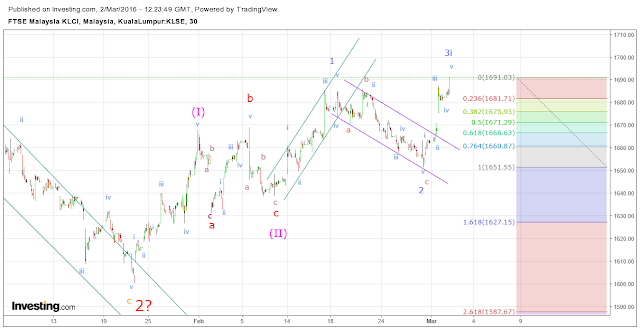30-3-2016
Likely wave B play... might test 1726 or higher tomorrow to complete B.
29-3-2016
25-3-2016
22-3-2016
21-3-2016
20-3-2016
15-3-2016
14-3-2016
10-3-2016
9-3-2016
8-3-2016
7-3-2016
4-3-2016
3-3-2016
Likely wave B play... might test 1726 or higher tomorrow to complete B.
29-3-2016
25-3-2016
22-3-2016
21-3-2016
20-3-2016
15-3-2016
14-3-2016
10-3-2016
9-3-2016
8-3-2016
7-3-2016
4-3-2016
3-3-2016



















